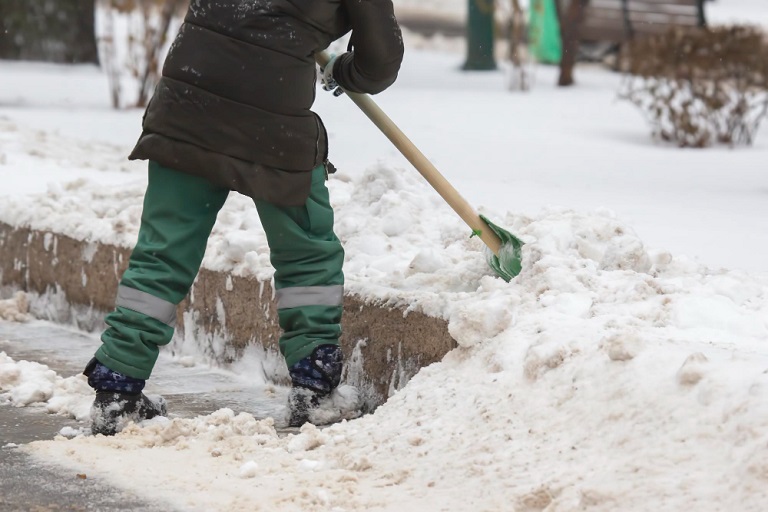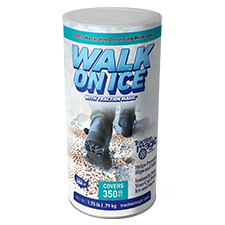How To Protect Your Concrete Driveway From Salt Damage

The winter roads can be harsh and unforgiving. Using salt for snow is a popular way of cleaning up the slush that piles up on your driveway after a snowstorm, but if you use too much of it or don’t take steps to protect your concrete from salt damage, then you could end up with unsightly pitting and other serious problems. Fortunately, there are ways to prevent this from happening—and we’re here to tell you how!
Buy The Right Kind Of Salt For Snow.
When your driveway is exposed to the elements, you inevitably have to deal with salt damage. To prevent this damage and keep your driveway looking great, ensure that you’re using the right salt.
There are many different types of salts available on the market today. Some work better than others when dealing with different weather conditions and temperatures. For example, some types of rock salt can be used when there are freezing temperatures but may not work well in warmer climates due to their low melting point. This means that one type may be best for keeping a small amount of snow from sticking around during winter storms, while another might be good for snow melting ice on a large surface area during warmer months when there’s no snow at all! It’s important not just because it will save money; it also helps protect against damaging effects caused by prolonged exposure (such as potholes).

Use Safe Thaw By Gaia
Safe Thaw by Gaia is a biodegradable ice melter made from all-natural ingredients. It’s safe for pets and children. So you can use it inside your home and outside on concrete surfaces. Safe Thaw by Gaia does not harm plants or grasses because it does not contain any sodium chloride (which is present in rock salt and other conventional deicers).
Safe Thaw contains modified urea as its main active ingredient. Potassium chloride also helps prevent corrosion of metal pipes and fittings that could be vulnerable to damage from traditional deicers that contain sodium chloride or calcium chloride.
Shovel First (Before Using A Salt For Snow).
If you want to protect your concrete driveway, the first step is to clear snow from it. You can do this with a simple snow shovel. Use a snow shovel to clear the driveway, sidewalk, and steps. In addition, use the same tool for clearing away any ice or slush that might build up on your walkway.
Use Snow Melt Sparingly.
One of the easiest ways to protect your concrete driveway from salt damage is simply using snow melt sparingly. Salt is bad for the environment, especially for concrete. It will eat away at the surface of your driveway. This can lead to cracking and pitting, which will make it difficult to spot any cracks in your driveway so that you can repair them before they become too large or expensive to fix.
100% salt & chloride-free, fast acting Ice Management Solution
Conclusion
We hope these tips have inspired you to take care of your concrete driveway. With some planning, you can keep it looking great for years to come.
Try Also Our Other Winter Safety Products:
Safe Paw
The Original and #1 Selling Pet and Child Safe Ice Melt for over 20 years. Guaranteed environmentally safe –It won’t harm animals or children, and it won’t damage your property. That’s Safe Paw. Safe Paw can change how winter affects our planet.

Walk On Ice
The handy disposable canister can be taken everywhere, with the same 100% naturally occurring minerals that provide instant traction on ice or snow. Use it on sidewalks, steps, or as an instant traction agent for your car.


